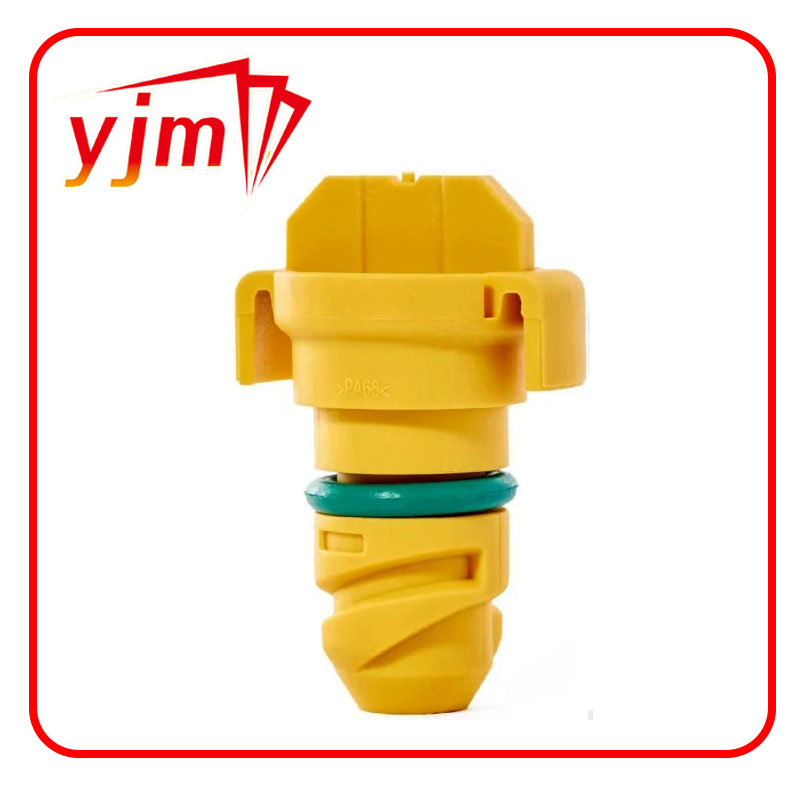sump plug seal
Understanding the Importance of Sump Plug Seal
In the realm of automotive maintenance and engineering, the sump plug seal plays a crucial yet often overlooked role. This small but significant component is primarily responsible for preventing leaks in the oil sump, which is the reservoir that holds the engine oil. Ensuring the integrity of the sump plug seal is essential for the efficient operation of an engine and the longevity of the vehicle.
What is a Sump Plug Seal?
The sump plug seal is a gasket that fits between the oil sump and the sump plug, which is the bolt that secures the bottom of the oil pan. When the engine oil is drained for maintenance or replacement, the sump plug is removed, and the seal must provide a tight fit to prevent oil from seeping out when the plug is reinstalled. The materials used for sump plug seals can vary, typically consisting of rubber, cork, or even metal, depending on the application and the manufacturer’s design specifications.
Why is it Important?
1. Preventing Oil Leaks One of the primary functions of the sump plug seal is to prevent oil leaks. Engine oil is vital for lubricating the moving parts within the engine, reducing friction, and preventing overheating. A compromised seal can lead to oil leaking out, which can result in low oil levels, overheating, and ultimately, severe engine damage.
2. Maintaining Pressure The integrity of the oil system relies on maintaining proper pressure. A faulty sump plug seal can lead to a drop in oil pressure, which can adversely affect engine performance. Consistent oil pressure is crucial for ensuring that oil reaches all necessary components in the engine.
sump plug seal

3. Environmental Considerations Oil leaks not only affect the performance of the vehicle but also pose environmental risks. Oil spills can contaminate soil and waterways, leading to harmful ecological consequences. Keeping the sump plug seal in good condition is part of responsible vehicle maintenance that contributes to environmental protection.
Signs of a Failing Sump Plug Seal
Being aware of the signs of a failing sump plug seal can save car owners from more significant issues down the road. Common indicators include
- Oil Spots Finding oil spots under your vehicle can indicate a leak from the sump area. - Low Oil Level Regular checks of the oil level may reveal a drop, signaling a potential leak. - Oil Pressure Warning On some occasions, the oil pressure warning light on the dashboard may illuminate, prompting further investigation.
Maintenance and Replacement
To ensure the longevity of the sump plug seal, routine checks during oil changes are recommended. When changing the oil, it’s a good practice to examine the condition of the seal and replace it if any signs of wear or damage are present. Many mechanics recommend replacing the sump plug seal every other oil change, but this can vary depending on the vehicle and the type of oil used.
In conclusion, the sump plug seal might be a small component of an engine, but its impact is significant. Regular maintenance, vigilance toward signs of failure, and prompt replacements are essential steps in promoting a healthy engine and reducing the risk of damage or leaks. By valuing this component and ensuring its integrity, vehicle owners contribute to the efficiency and longevity of their cars, while also safeguarding the environment.
-
Understanding Cassette Seals: A Durable Solution for Oil and Dirt Protection
News Apr.30,2025
-
Understanding and Maintaining the Polaris Ranger Front Differential
News Apr.30,2025
-
Understanding and Maintaining the Polaris Front Differential
News Apr.30,2025
-
Understanding and Maintaining the Crank Oil Seal for Engine Efficiency
News Apr.30,2025
-
Heavy Duty Seals: Durable Solutions for Home, Industrial, And Commercial Use
News Apr.30,2025
-
Auto Oil Seals: Protecting Your Engine from Leaks and Contamination
News Apr.30,2025
-
Essential Tools and Kits Every Car Owner Should Have
News Apr.29,2025
Products categories















